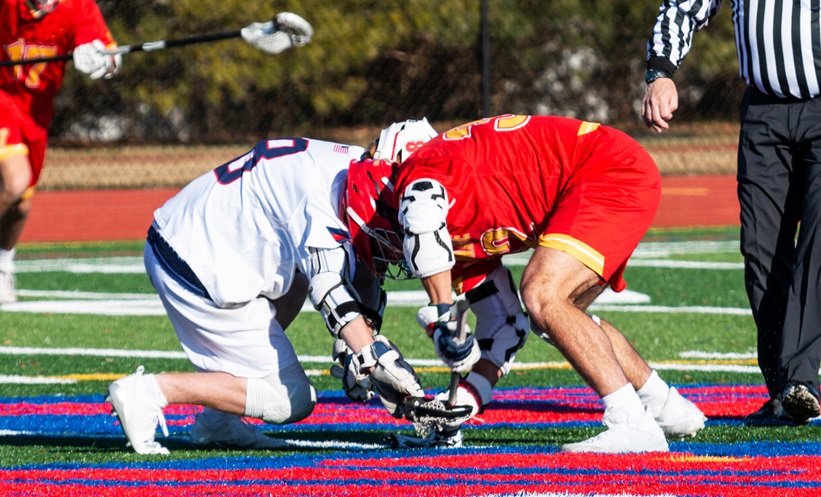ABNORMAL protein accumulations and neuronal degeneration have been linked with parkinsonism in patients with chronic traumatic encephalopathy (CTE) in a new study from Boston University Chobanian and Avedisian School of Medicine and VA Boston Healthcare, USA.
A degenerative brain disease, CTE’s only known cause is repeated head impacts. In a previous 2018 study by the same research team the duration of contact sports play was associated with an increased likelihood of developing Lewy body disease. However, the link between contact sport participation, brainstem pathology, and parkinsonism in CTE is novel to the current, cross-sectional study.
Analysis of the brains of male donors from the Understanding Neurologic Injury and Traumatic Encephalopathy brain bank between July 2015 and May 2022 revealed that a majority of individuals with CTE also developed parkinsonism, which manifests through symptoms like tremors, abnormal slowness, or stiffness in limbs, similar to Parkinson’s disease. Historically associated with traumatic brain injuries in boxers, the specific pathologies in CTE-related parkinsonism were previously unclear.
Despite Parkinson’s disease being traditionally associated with Lewy body protein buildup, the researchers noted the surprising results that most individual with CTE and parkinsonism did not show Lewy body pathology.
All the donors had been diagnosed with CTE, of whom, 24.7% had parkinsonism. This group not only had a higher mean age at death, but also showed higher rates of dementia, visual hallucinations and probable rapid eye movement sleep disorder.
The duration of contact sports participation was linked to increased SN NFTs and neuronal loss and longer exposure to repetitive head impacts raised the risk of developing severe brain pathologies associated with parkinsonism. An additional eight years of contact sport play was associated with a 50% increased risk of more severe disease in a specific brainstem area.
This study highlights the unmet need to understand the long-term effects of repetitive head impacts and the potential benefit of implementing both preventive, and protective, measures in contact sports to reduce the risk of such neurodegenerative diseases.
Katie Wright, EMJ
Reference
Adams JW et al. Substantia nigra pathology, contact sports play, and parkinsonism in chronic traumatic encephalopathy. JAMA Neurol. 2024;DOI:10.1001/jamaneurol.2024.2166.








